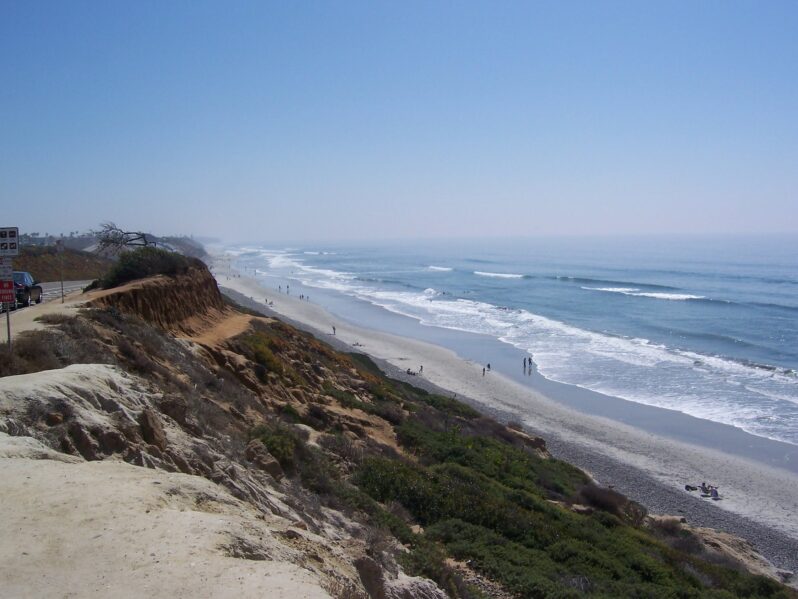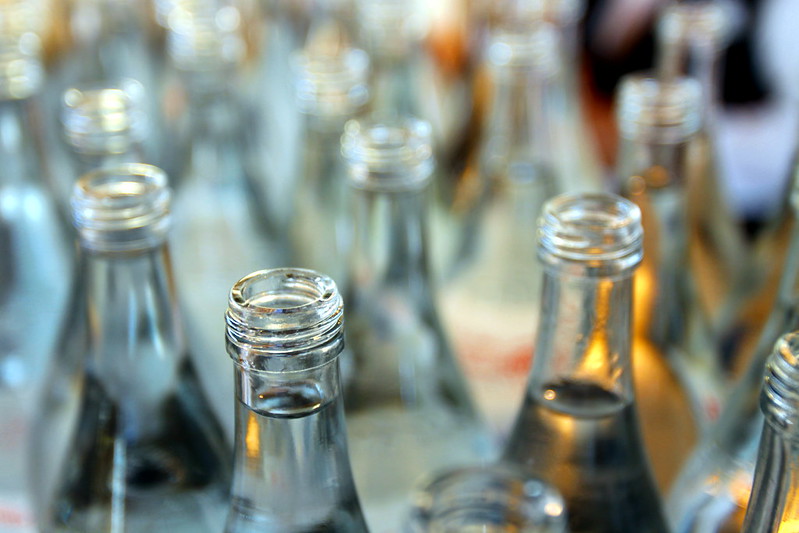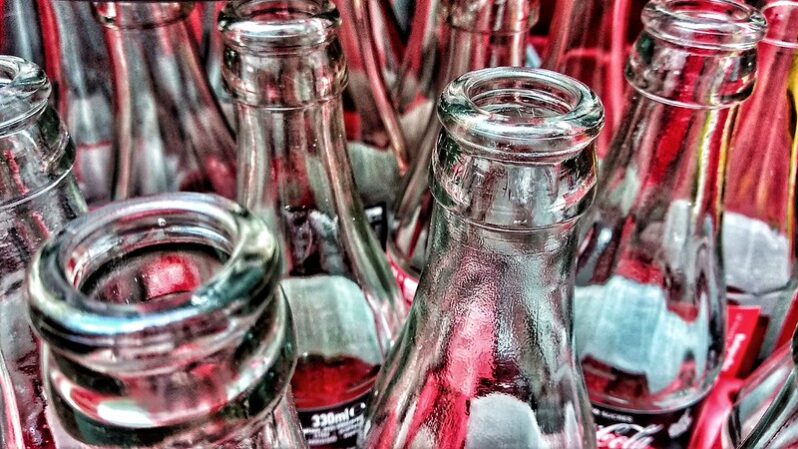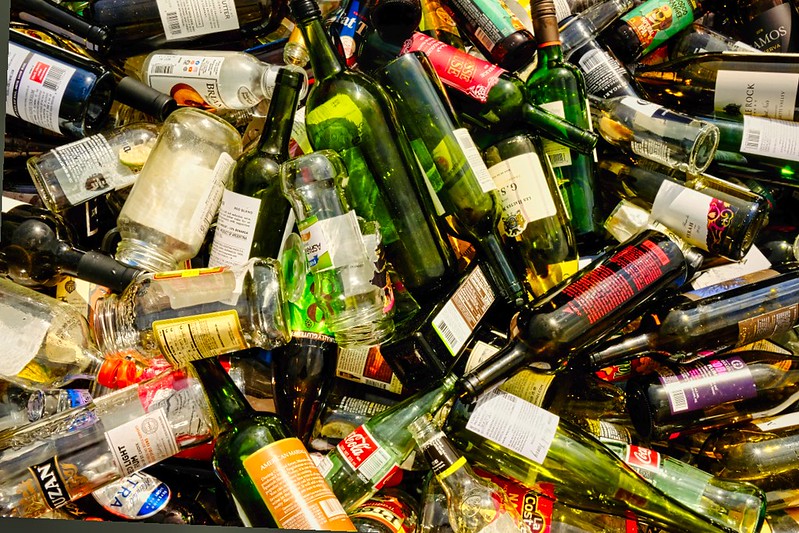Carlsbad considers joining other coastal cities in yet another sand replenishment project – the San Diego Union-Tribune

SANDAG asked Carlsbad to shoulder a proportional share of the $200,000 cost for a planning, feasibility and economic analysis needed to start the project, which would pull sand from the ocean and spread it on beaches from Oceanside to Imperial Beach….
UPDATE: The City Council unanimously opposed actively participating in the City of Oceanside’s sand nourishment pilot project during its April 11 meeting, remaining opposed to any plans that may obstruct the natural flow of sand down the San Diego County coastline.
However, the Carlsbad City Council agreed to request a city staffer be present during the neighboring city’s proposed pilot project meetings and design competitions…
Massive beach restoration project for Orange County coastline approved – CBS | KCAL News

The Federal Government has agreed to a major beach restoration project in Orange County to restore almost 2 million cubic feet of sand lost to storm erosion over the past several years.
The sand will be dredged from the sea and added to replenish the coastline from Seal Beach to Bolsa Chica to Huntington Beach and as far as the Newport Beach Pier.
“We’re experiencing a large amount of receding of sand into the ocean,” said Kevin Pearsall, State Parks Superintendent.
The project will help protect property and roads from flooding. Seal Beach saw flooding in January.
“It’s nerve wracking that they have to do that, but time erodes everything,” said Colleen Walsh, a Bolsa Chica resident…
“Recycling” Glass Back to Sand … For Beaches?

There have been several recent proposals and some projects actually underway to grind up glass bottles and use this ground glass to replenish beaches. Along most shorelines, other than in tropical environments, the dominant mineral making up the beach sand is quartz, which is silicon dioxide (SiO2), the same elemental composition as glass. While this may initially seem like a good solution for replenishing or nourishing disappearing or narrow beaches, this concept is not a sustainable or effective approach.
Initially derived from silica sand glass is a valuable resource that is already in a pure form that can most effectively be recycled or melted down to make more glass, rather than being put on the beach where it will be lost to the ocean over time as it is carried offshore or alongshore…
Use of Pulverized Recycled Glass for Beach Nourishment: A Review – Georgia Coastal Research Council (GCRC)

This paper reviews geotechnical, biological, and abiotic analyses conducted on the experimental placement of recycled glass on beaches in Florida. It will also describe the experiences local governments have had when considering the use of recycled glass as an alternative material for beach nourishment.
Coastal erosion caused by increased extreme weather events and sea level rise is escalating the rate and extent to which beaches are washing away. Traditionally, inland and offshore sand and dredged material from rivers, canals, and the ocean have been used to nourish beaches, but these resources are becoming increasingly expensive and difficult to obtain…
How A Used Bottle Becomes A New Bottle – NPR Planet Money

The rise of curbside recycling programs over the past few decades has meant more glass recycling. But for a long time, many recycling centers didn’t have the technology to turn recycled glass into the raw material for new bottles. Instead, recycled glass often wound up being used as a cheap construction material, or even to cover landfills.
Now, with new technology that can better sort glass collected in curbside recycling, more used glass bottles can be turned back into new glass bottles. To see how this works, we went to a glass recycling facility and a bottle factory…
Outside a recycling plant in Jersey City, N.J., there are piles and piles of what looks like garbage.
But it’s actually broken glass…
Can recycled glass help restore Louisiana’s eroding coastline? – the Guardian

Dave Clements, owner of Snake and Jake’s Christmas Club Lounge, a beloved dive bar in New Orleans, has watched Louisiana’s coast shrink year after year.
“I used to go fishing quite a bit down in Delacroix area. Me and my buddy would go out in a flat boat,” he says. Clements remembers finding “a little spot, a little island” where he and his friend would take breaks while fishing for redfish, sheepshead, speckled trout and flounder. When they went back to the same spot a month later, the patch of land was gone. “I actually stopped fishing because it was so depressing..”
Restoring Louisiana’s Shoreline, One Glass Bottle at a Time – GIZMODO

Glass Half Full is redirecting glass from landfills and turning it into much-needed sand.
Louisiana’s shoreline is rapidly eroding due to sea level rise and extreme weather fueled by climate change. But a scrappy New Orleans glass recycling initiative, Glass Half Full, is rounding up as many of the city’s glass bottles as possible to create sand for coastal restoration.
The team, a winner of the 2023 Gizmodo Science Fair, got started in 2020…
‘Sand is like gold.’ The pricey race to restore Florida beaches before the next hurricane – KOAM News Now

For decades, Florida has been restoring its beaches by dredging or trucking in more sand. But the practice is becoming more challenging — and expensive, thanks to the rising cost of beach-quality sand. Offshore sand deposits, especially on Florida’s southeast coast, are dwindling after decades of repeated beach restoration projects. As local governments squabble over the right to use the remaining sand, its price is rising…
Florida beaches were already running low on sand. Then Ian and Nicole hit – the Washington Post

“I think we’re starting to discover that, despite our best efforts and wanting to throw as much money at this as possible, it has become very difficult to keep these beaches as wide as we would like to keep them,” Robert S. Young, a geology professor at Western Carolina University and director of the Program for Developed Shorelines… “We simply don’t have the capacity to hold all of these beaches in place.”
